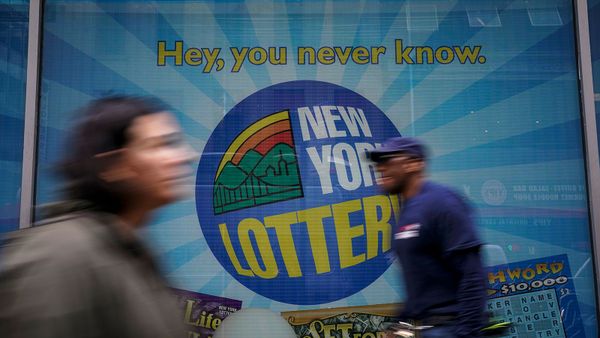Since the first bingolike lottery almost 500 years ago, millions of people have discovered the thrill of bingo. Fans come from all walks of life, lured in by the everyday jackpots, the slow-growing progressives, and a newer wrinkle: the high-stakes bingo games that can transform an average person into an instant high roller.
The History of Bingo
While bingo became popular in the United States early in the twentieth century, the roots of the game stretch back to the year 1530. That's when a state-run lottery called "Lo Gioco del Lotto d'Italia" started in Italy. (Interestingly, even to this day you can still play that lotto every Saturday.) The French picked up lotto in the late 1700s. One version used a playing card with nine columns and three rows, with four free spaces per row.
Advertisement
The caller reached into a bag and picked out wooden chips marked 1 through 90 (1 to 10 for the first column, 11 to 20 for the second, and so forth). The first player to cover one whole row was the winner. These lottery-type bingo games soon became a craze throughout Europe.
Bingo as we know it today was popularized by Edwin S. Lowe, a struggling but enterprising toy salesman from New York. Lowe observed a game called "Beano" at a country carnival in Atlanta, Georgia. The game was called Beano because players used dried beans to mark their cards as the numbers came up. When a player completed a line of numbers, he or she would stop the game by yelling "Beano!," and that player would win a small prize.
Lowe saw that players were captivated by the game. Lowe himself was so spellbound by this new game that he brought it back home and introduced it to his friends. During one game, a lady got so excited by her win that she blurted out "Bingo!" instead of the accepted cry.
And just like that, bingo was born. "Lowe's Bingo" became a sweeping success, and by the mid-1930s, bingo games were popping up all over the country, in part because churches and social clubs quickly realized the fund-raising potential.
Today, 48 states (and more than 100 Native American reservations) offer legal bingo on some scale. Games range from small enough to fit in a church basement to big enough to pack a 1,800-seat hall.
Who Plays Bingo?
Bingo players come from all walks of life. There is no stereotypical bingo player. Most like to socialize, which is why they go to bingo, and they may also enjoy other competitive group activities, such as bowling, that combine fun and friends. Most regular players are over the age of 45, surveys show, but bingo is being discovered by young people every day as a new way to socialize. And both men and women enjoy playing the game, whether by themselves or with a spouse or friend.
The bottom line? Bingo is fun for everyone.
How Much Can You Win?
The usual prize at bingo is cash, from $50 or $100 for a simple bingo at a small hall all the way up to $1 million or more in special high-stakes games on Native American reservations or in casinos. But the prize can also be a car, a trip, or even novelty prizes (in New York, one restaurant gives away margaritas to the lucky winners).
The size of the typical jackpot is based on how much money is coming in. Most halls are required to payout at least 50 to 60 percent of the money they take in. Likewise, the total money they can give out per game or session is often limited by state or local rules. In Georgia, for instance, halls can't give out more than $1,100 on a single night, though many states are more generous than that. Louisiana, for example, allows $4,500 per session.
A progressive jackpot is a prize that keeps growing from game to game until somebody wins it. The house kicks off a progressive game by "seeding the pot" with an attractive amount of money -- say $500 -- instead of simply setting the jackpot as a percentage of card sales. To win the progressive, a player must have an extraordinary win, such as a blackout (covering every space on a bingo card) in only 49 balls. If no one wins, the house chips in extra money to sweeten the pot even more. The jackpot may get bumped up by $100 per game over a number of sessions or weeks.
Sometimes a progressive jackpot gets so big that the bingo hall by law has to cap it, and the prize stays at the same level until somebody wins. In some states, such as Michigan, there is no limit to how much money a player can win in progressive bingo.
This popularity has allowed bingo to expand into more lucrative games. Let's take a look at a few of those.
Advertisement

